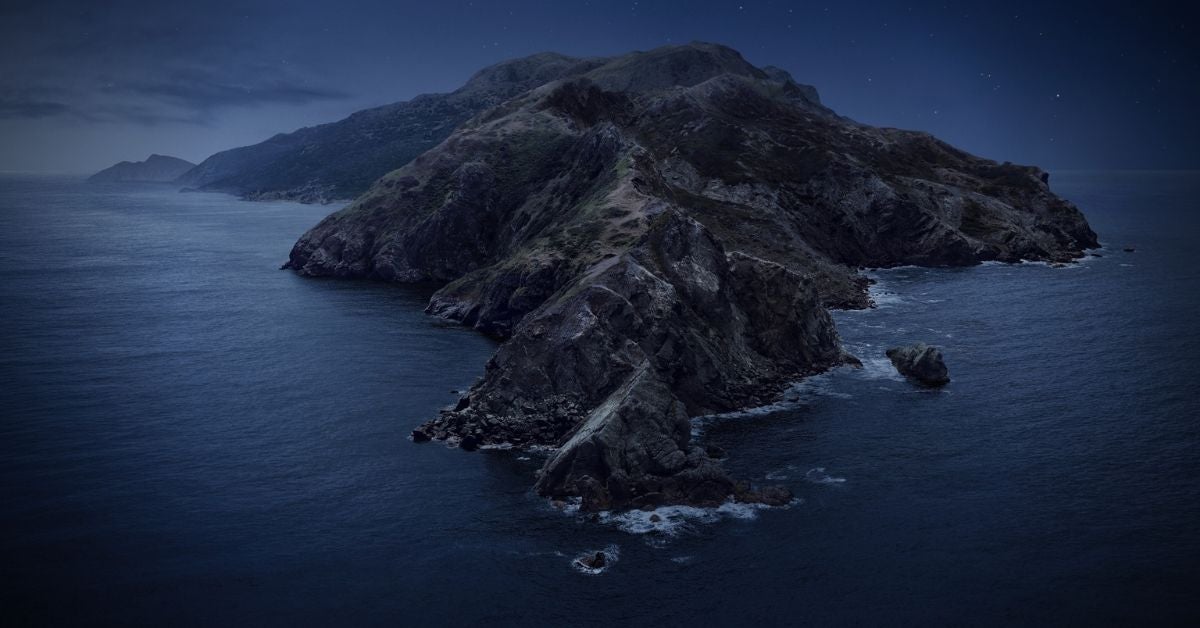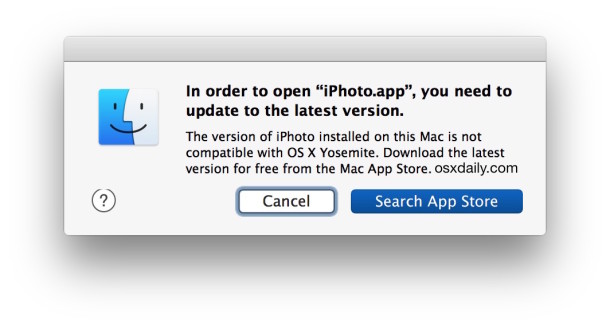
- This list will be updated as other compatible models become available. If you're using one of these computers with OS X Mavericks or later, you can install macOS Catalina. Your Mac also needs at least 4GB of memory and 12.5GB of available storage space, or up to 18.5GB of storage space when upgrading from OS X Yosemite or earlier.
- Congratulations, you have successfully backed up your iPhoto files on your external drive. The Bottom Line. If you are still hoping to use the iPhoto app after upgrading to Catalina, then you are only wasting your time. There is no way you can use the app after the Catalina update. However, the solutions above should help you get.
- Catalina on (1) 2011 MacBook Air 13″, buttery smoothly. Only 4GB's but works buttery smoothly. Catalina on (1) 2008 iMac 24″, internet, mail photo's, and all default apps work fine, but only 4GB ram so it can be a tad slow. 8GB's might be better. Catalina on (1) Late 2012 iMac 27″, buttery smoothly (officially supported machine).
- The Photos app in macOS Catalina underwent a major upgrade, bringing many iOS 13 Photos features to the Mac OS. And while Photos retains much of the same user interface as recent versions, the entire app feels snappier, while supporting many new features.


- This list will be updated as other compatible models become available. If you're using one of these computers with OS X Mavericks or later, you can install macOS Catalina. Your Mac also needs at least 4GB of memory and 12.5GB of available storage space, or up to 18.5GB of storage space when upgrading from OS X Yosemite or earlier.
- Congratulations, you have successfully backed up your iPhoto files on your external drive. The Bottom Line. If you are still hoping to use the iPhoto app after upgrading to Catalina, then you are only wasting your time. There is no way you can use the app after the Catalina update. However, the solutions above should help you get.
- Catalina on (1) 2011 MacBook Air 13″, buttery smoothly. Only 4GB's but works buttery smoothly. Catalina on (1) 2008 iMac 24″, internet, mail photo's, and all default apps work fine, but only 4GB ram so it can be a tad slow. 8GB's might be better. Catalina on (1) Late 2012 iMac 27″, buttery smoothly (officially supported machine).
- The Photos app in macOS Catalina underwent a major upgrade, bringing many iOS 13 Photos features to the Mac OS. And while Photos retains much of the same user interface as recent versions, the entire app feels snappier, while supporting many new features.
Iphoto Library Upgrader Catalina
If you've continued to use iPhoto after Apple discontinued it in 2015, you had to know its days were numbered. Many people preferred iPhoto's controls and the new Photos app was initially missing features and buggy, crashy, and slow at times. Photos has improved substantially, though it's still not everyone's cup of tea.
Now, iPhoto's number is finally truly up. The outdated software won't launch in macOS Catalina, because its core functions rely on a software framework Apple has also sent riding into the sunset.
Launch Photos in Catalina. Photos can still read and upgrade an iPhoto library, as it doesn't require launching iPhoto. Photos doesn't copy the iPhoto images, but it uses a special kind of.
If you upgraded to Catalina without first launching Photos or finding another solution, what options do you have? Plenty. Mess adventures download.
Launch Photos in Catalina. Photos can still read and upgrade an iPhoto library, as it doesn't require launching iPhoto. Photos doesn't copy the iPhoto images, but it uses a special kind of link that lets the same file exist in two places, avoiding increasing your storage requirements.
Switch to Google Photos. Google offers desktop and mobile apps for importing images and syncs via its cloud service. You can have the desktop software read an iPhoto library to upload your images.
Switch to Adobe Lightroom for photo library managing and maybe for cloud-based sync. Adobe offers two different versions: one is oriented towards images stored on a computer (Lightroom Classic), while the other leans heavily on cloud-based sharing and access for mobile, desktop, and Web (the weirdly named Adobe Photoshop Lightroom). The cloud-oriented version is just $10 a month, which includes 1TB of storage and the use of all the apps across your devices.
Install a virtual machine to keep macOS Mojave or an earlier macOS running for iPhoto and other apps. While it's not a solution forever, you can use Parallels or VMWare Fusion within Catalina. You can postpone making a change for a little or long while. (You could also revert to Mojave, but that's a time-limited choice, too, and Mac models released after this point won't run macOS before Catalina.)
With Google Photos and either Lightroom choice, you won't be able to preserve metadata added in iPhoto, however. And you might not be able to import modified versions of photos you edited within iPhoto—only the originals. Upgrading to Photos or using a virtual machine preserves both.
Fishing planet: bottom power pack. This Mac 911 article is in response to a question submitted by Macworld reader Ken.
Iphoto Catalina Upgrade Download
Ask Mac 911
We've compiled a list of the questions we get asked most frequently along with answers and links to columns: read our super FAQ to see if your question is covered. If not, we're always looking for new problems to solve! Email yours to mac911@macworld.com including screen captures as appropriate, and whether you want your full name used. Not every question will be answered, we don't reply to email, and we cannot provide direct troubleshooting advice.
